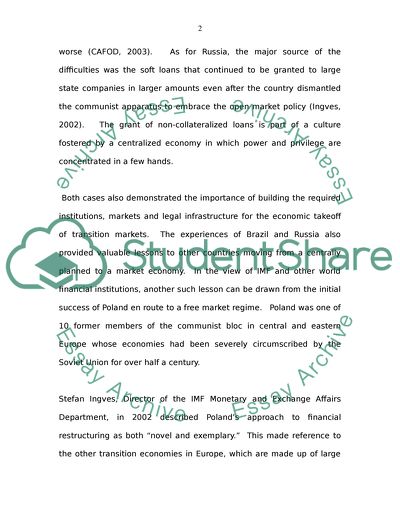Cite this document
(“Poland: Business Culture As Source of Inner Strength For a Transition Essay”, n.d.)
Poland: Business Culture As Source of Inner Strength For a Transition Essay. Retrieved from https://studentshare.org/miscellaneous/1519690-poland-business-culture-as-source-of-inner-strength-for-a-transition-economy
Poland: Business Culture As Source of Inner Strength For a Transition Essay. Retrieved from https://studentshare.org/miscellaneous/1519690-poland-business-culture-as-source-of-inner-strength-for-a-transition-economy
(Poland: Business Culture As Source of Inner Strength For a Transition Essay)
Poland: Business Culture As Source of Inner Strength For a Transition Essay. https://studentshare.org/miscellaneous/1519690-poland-business-culture-as-source-of-inner-strength-for-a-transition-economy.
Poland: Business Culture As Source of Inner Strength For a Transition Essay. https://studentshare.org/miscellaneous/1519690-poland-business-culture-as-source-of-inner-strength-for-a-transition-economy.
“Poland: Business Culture As Source of Inner Strength For a Transition Essay”, n.d. https://studentshare.org/miscellaneous/1519690-poland-business-culture-as-source-of-inner-strength-for-a-transition-economy.


